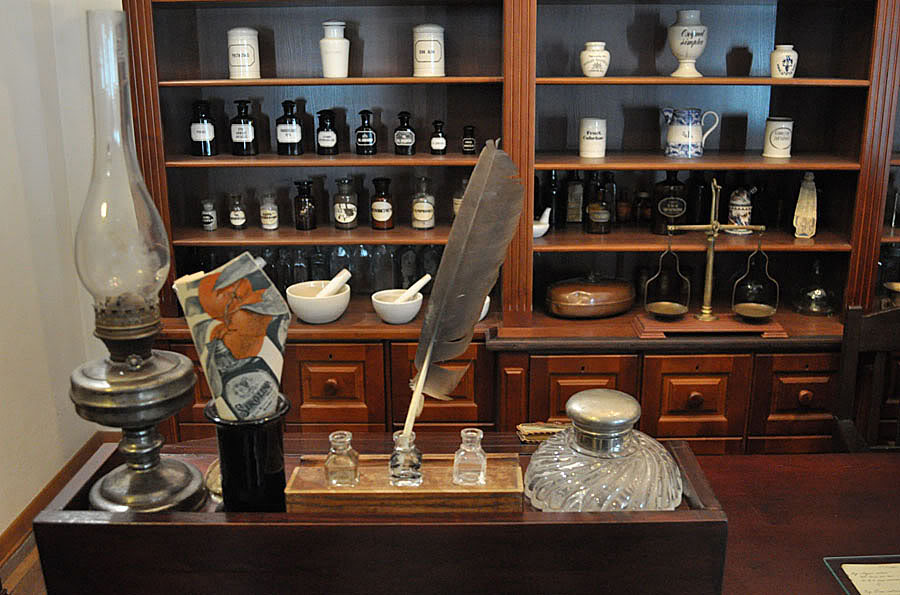National Art Museum
The National Art Museum of the Republic of Belarus (the State Art Gallery from 1939 till 1957, the State Art Museum from 1957 till 1993) – the largest collection of the Belarusian and foreign art within the country – is located in the centre of Minsk, at Lenin Street, 20. More than thirty thousand works of art – creating twenty miscellaneous collections and comprising two main representative ones: the one of national art and the other of monuments of art of the countries and nations of the world – can be found on exposition, at the branches of the Museum and its depositories.
The works of art, taken from the departments of fine arts of the historical museums of Minsk, Vitebsk, Mogilev and Gomel, became the foundation of the Gallery’s pictorial collection. A range of art works from their own funds and stocks were presented by the State Tretyakov Gallery and the Russian Museum as well as by the Museum of Fine Arts named after Alexander Pushkin and the State Hermitage Museum. The art works of well-known Russian painters and artists of the Soviet epoch were included into the collection of the new gallery as well.
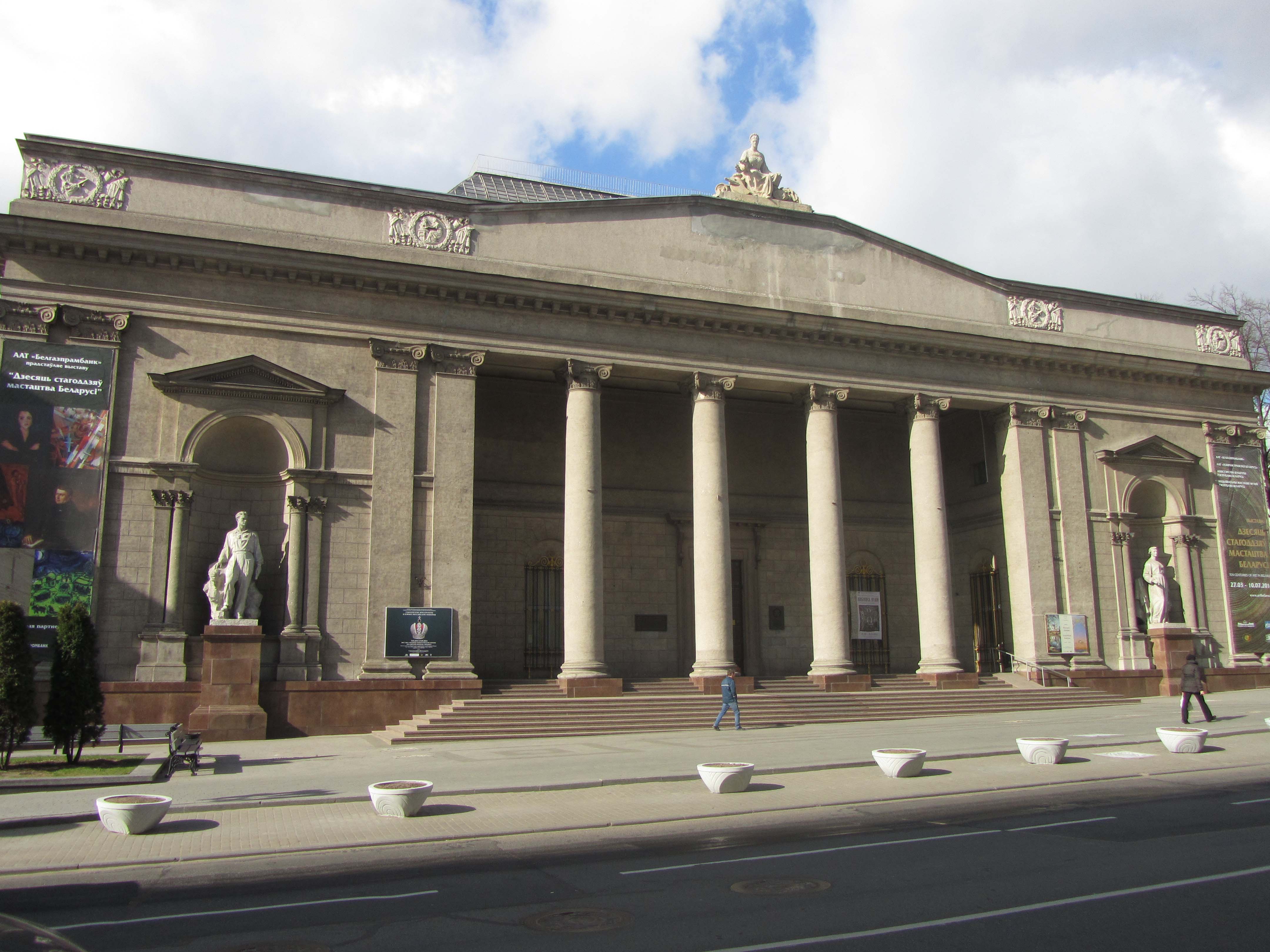
National Historical Museum
The National Historical Museum of the Republic of Belarus is one of the country’s most popular museums. Its holdings house the biggest museum collection in Belarus numbering about 400,000 items. Also, the National Historical Museum structure includes 5 branches: the Museum of Belarusian Cinema History, the Museum of Contemporary Belarusian Statehood, the House Museum of First Congress of the Russian Social Democratic Labour Party, the Museum of Theatre and Musical Culture History of the Republic of Belarus, and the Museum of Nature and Environment of the Republic of Belarus.
Throughout its history, the National Historical Museum has changed its name repeatedly. It opened in 1919 as the Minsk Regional Museum. From 1923 till 1930 the Museum was called the Belarusian State Museum and was the central museum institution of the Byelorussian Soviet Socialist Republic. In 1930, it was renamed as the Minsk Social and Historical Museum. From 1941 till 1944, it was called the Minsk Historical Museum. In 1957, the institution was restored under the name of the Byelorussian State Museum of History and Regional Studies and, in 1964, it was named the State Museum of the BSSR. In 1992, after Belarus declared independence, the Museum was renamed once again into the National Museum of History and Culture of Belarus. In 2009, the institution received its actual name.
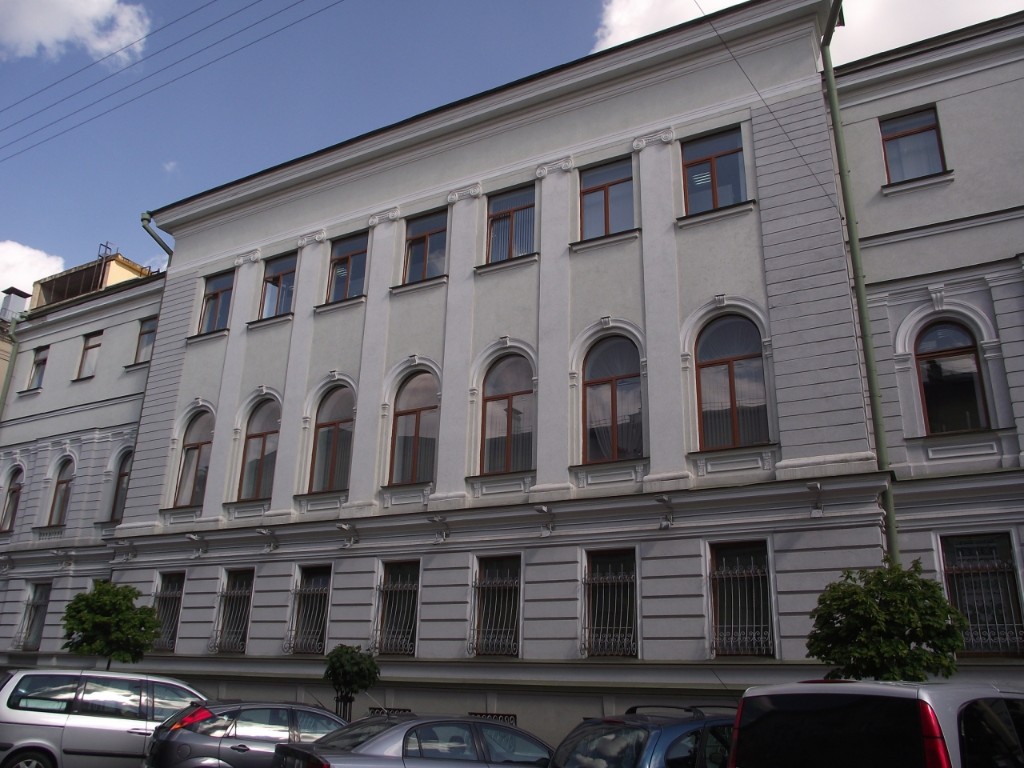
Great Patriotic War Museum
The Belarusian State Museum of the History of the Great Patriotic War was the world’s first museum to tell the story of the bloodiest war of the 20th century, and the only one in Belarus created during the years of Nazi occupation.
Today it is one of the most important and biggest war museums in the world, along with the well-stocked museums in Moscow, Kiev, and New Orleans.
…In those terrible years Belarus lost every third resident. More than 3 million people died, including about 50,000 partisans and underground fighters. Throughout the country there were 250 death camps, including the infamous Trostenets, one of the largest after Auschwitz, Majdanek and Treblinka...
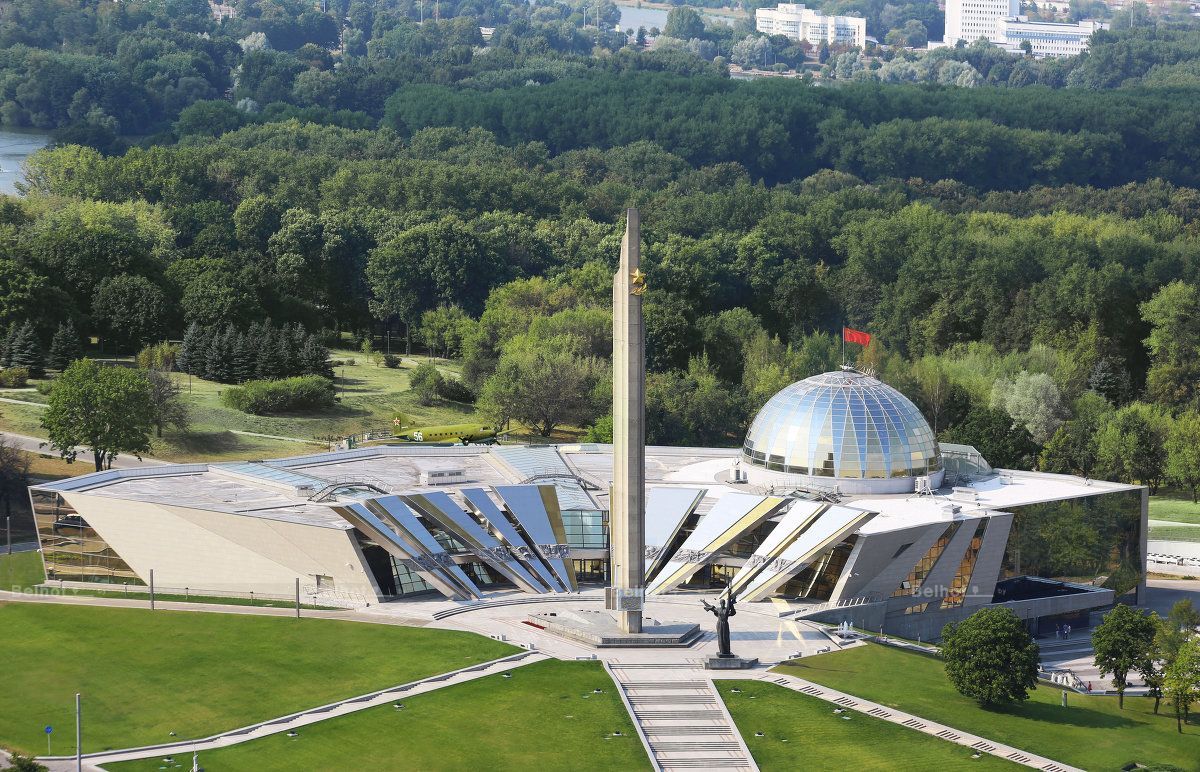
Dudutki
The Dudutki Museum is located 40 kilometers from the city of Minsk, in the Pukhovichi District, located in a picturesque place near the Ptich River, one and a half kilometers from the village of Dudichi.
Dudutki first mentioned in the annals in the XI century. Presumably in these places there was a land road leading to Polotsk, according to which, according to the researchers and according to the "Lay of Igor's Campaign," the prince of Polotsk Vseslav the Sorceress galloped "wolf to Nemiga with Dudutok after learning about the siege of ancient Minsk ..."
Since October 1994, on the basis of the subsidiary farm "Polyfact", the Museum complex of ancient folk crafts and technologies "Dudutki" is being created and receives its first guests. Since 1998 the museum complex "Dudutki" is a part of the holding of "Trustbank", gradually updating and developing its base, which allows us to popularize not only the Belarusian folk crafts, but also the life of the Szlachie manor. Going to "Dudutki", you should be ready for a historical journey ... these days.
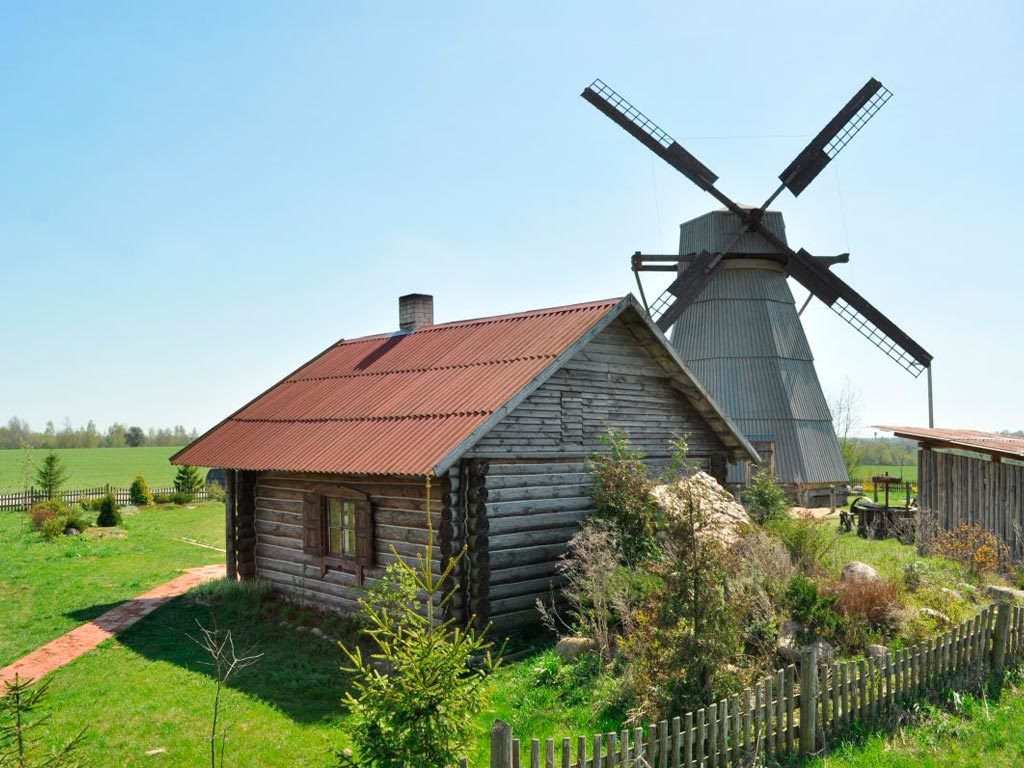
Stalin Line
The Historical and Cultural Complex "Stalin's line" is situated in 35 km from Minsk or 45 km from Minsk city center and in 6 km from the ancient town Zaslavl. "Stalin's line" is an open air museum.
The Historical and Cultural Complex "Stalin's line" was founded to the sixty years anniversary of the Victory of Soviet people in the Great Patriotic War. It is the memorial of the year 1941 and the museum of the first days of the Great Patriotic War. The basis of the exposition is original pillboxes and park of military equipment of different years from the period of WWII and to the beginning of 90th. It is the most complete exposition in Belarus.
"Stalin's line" is the chain of defensive installations. It is consisted of twenty three fortified regions including more than four thousand permanent weapon emplacements (pillboxes). It was a strong reinforced unit that spread to 1200 kilometers. There were some other fortified regions in Belarus. Those fortified regions formed a united defense line. Minsk's fortified region No 63, which was 140 kilometers long included 327 pillboxes. In June 1941 at the lines of the Minsk's fortified region started fierce fights with the offensive units of the fascist army.

Museum of Folk Architecture and Rural Lifestyle
Belarusian State Museum of Folk Architecture and Rural Lifestyle is an open-air museum or in other words a skansen museum. This term presupposes collecting relics of the past that are of historical and cultural value and exhibiting them out-of-doors in natural surroundings. Regional and local peculiarities gathered together in one place are demonstrating traditional folk culture of our country. Belarusian skansen has an ethnographic profile and is an object of republican importance. Landscape is a vital element in creating an exposition zone in the open-air museum.
Belarusian skansen is rather young in comparison with other museums of such kind. The idea of creating an open-air museum of folk architecture and rural lifestyle in our country first arose in 1908. It came up to a well-known Belarusian artist Ferdynand Ruszczyc but World War I and World War II made it impossible to get the idea off the ground.
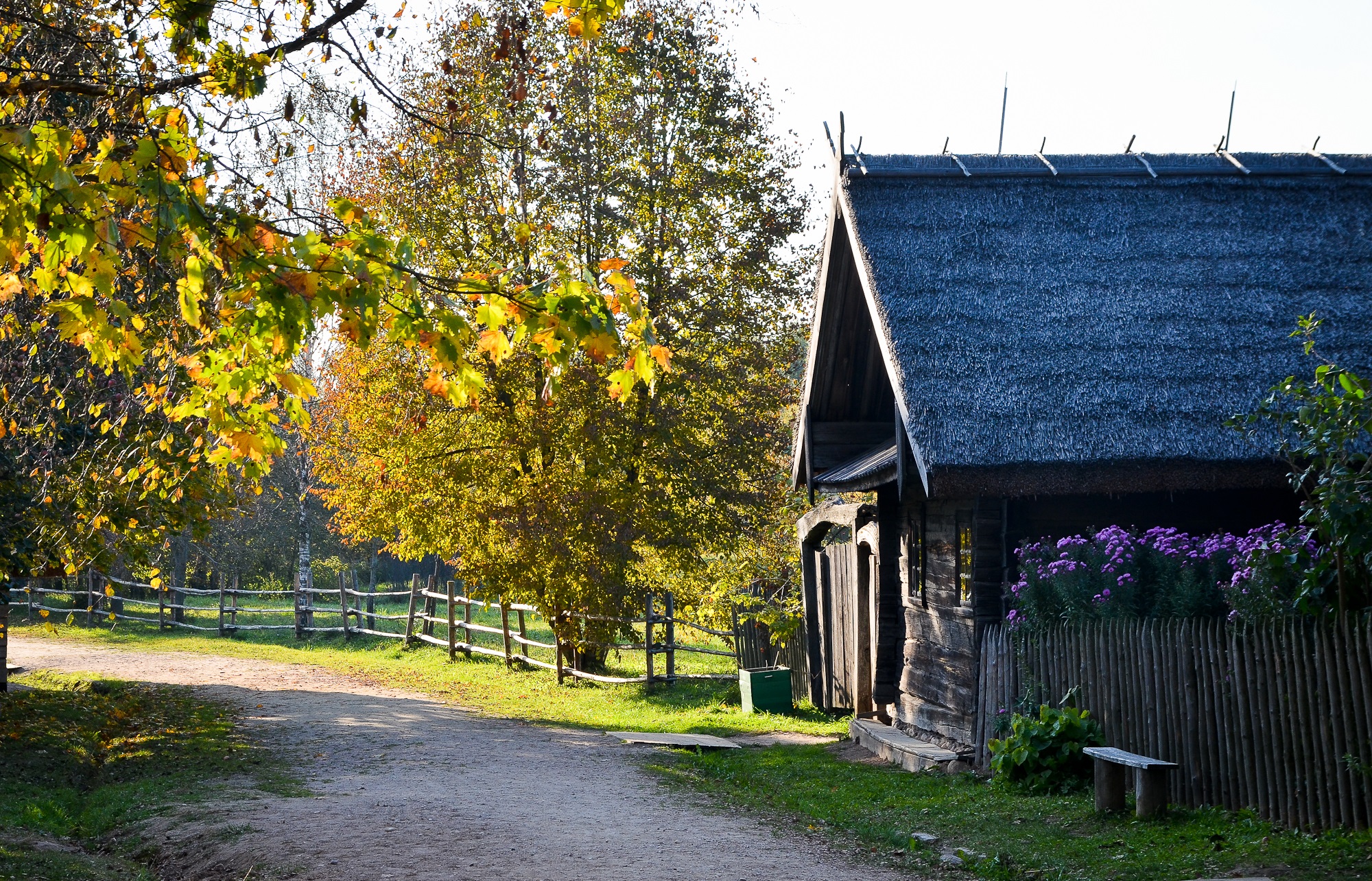
Marc Chagall’s Museum
Vitebsk, the hometown of Marc Chagall, was an inexhaustible source of inspiration for the artist during his whole life. Domes of churches and old streets, miniature houses and shops with signboards, strips of wooden fences, horse-cab drivers in the streets are perpetuated in the artist’s canvases together with the famous angels and lovers in the sky...
Scientists, historians, art critics and, of course, artists from all over the world come to Vitebsk to get the feel of the city and see where one of the brightest representatives of the 20th-century avant-garde the lived and worked…
The Marc Chagall Art Center was opened in the 19th century building, depicted in his world-renown painting Above the City, in 1992. The works presented to the museum by friends from the Group of Assistance to the Chagall House-Museum in Vitebsk (Nienburg, Germany) became the first exhibits in the collection.
The museum houses the richest collection of the artist’s graphic works, including lithographs, xylographs as well as three colored aquatints donated to the museum by the artist’s daughter Ida Chagall in 1994, and 96 calligraphic etchings, representing a cycle of book illustrations, that were donated by the artist’s granddaughters Meret and Bella.
The main draw of the collection is Marc Chagall’s wonderful book illustrations. Among them is a series of sketches to Nikolai Gogol’s novel Dead Souls (1923-1925), a series of colored lithographs named The Bible (1956 and 1960) and 12 Tribes of Israel (1960)…
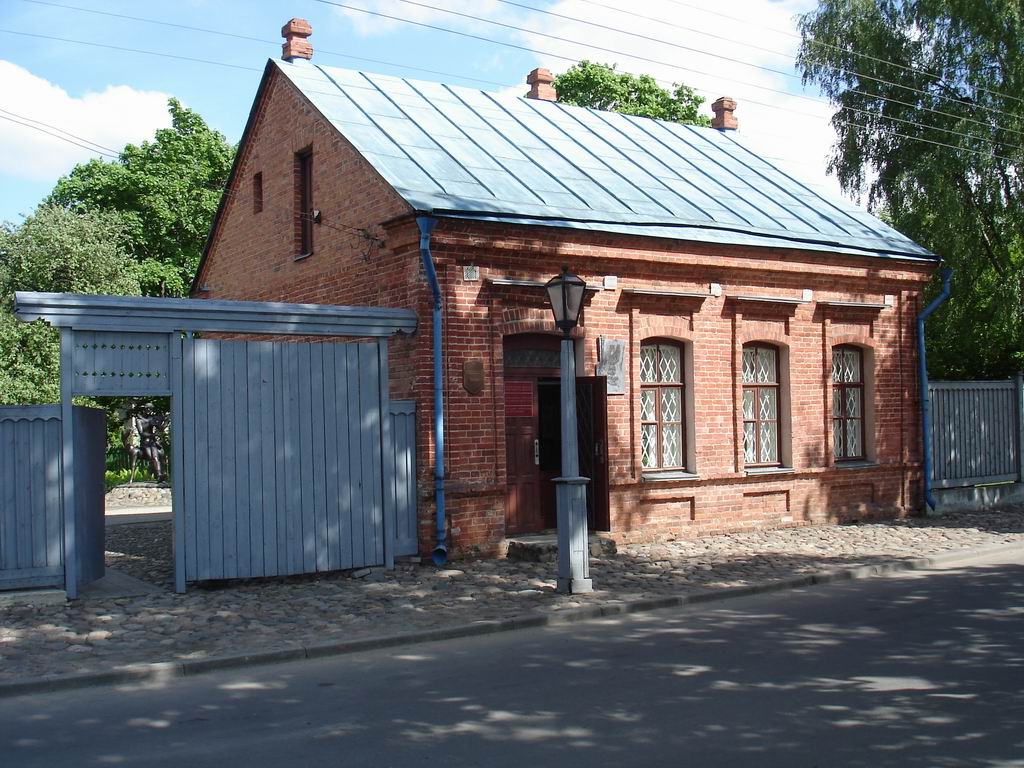
Brest Hero-Fortress
n September, 25 1971 the memorial complex «Brest Fortress» was opened. More than 600 veterans of the Brest garrison 1941 were present.
There are the ruins of the old fortress, the battlefields, the monumental sculptures presented in a unified architectural and artistic ensemble of the memorial, that perpetuated the «true story of the legendary heroes of the Brest fortress».

Gomel Palace & Park Ensemble
Gomel Palace & Park Ensemble is an old large noble estate decorated by the park and located on the picturesque bank of the Sozh River in the south of Belarus in Gomel City. This is one of the historical-cultural values of the Republic of Belarus, and it is included into the State List of the Historical Cultural Values protected by the State. There is a house-estate of the Khaletskis (an architectural monument of the mid-19th century) in 15 kms from Gomel (in Khalch Village of Vetkovski District of Gomel Region); it is one of the sites of the Gomel Palace & Park Ensemble, too. The Gomel Palace & Park Ensemble has been a state museum for 90 years; it has numerous collections, which are interesting both to amateurs and professionals. The museum halls regularly host art and history exhibitions, and exhibitions devoted to nature and various human activities. It is a place to organize events: concerts, conferences, official meetings of the country leaders.
The Palace & Park Ensemble includes:
- the Palace of the Rumyantsevs and the Paskeviches (an architectural monument in the Russian classicism style built in the late 18th - mid-19th century);
- the Chapel (an architectural monument in the New Russian Style built in the late 19th century),
- the Burial Vault (an underground coffin chamber for the Paskevich Princes),
- the Winter Garden, the Observation Tower and the Administrative Building (architectural monuments erected in the 19th century),
- the Park (a monument of nature and of garden art planted in the mid-19th century).
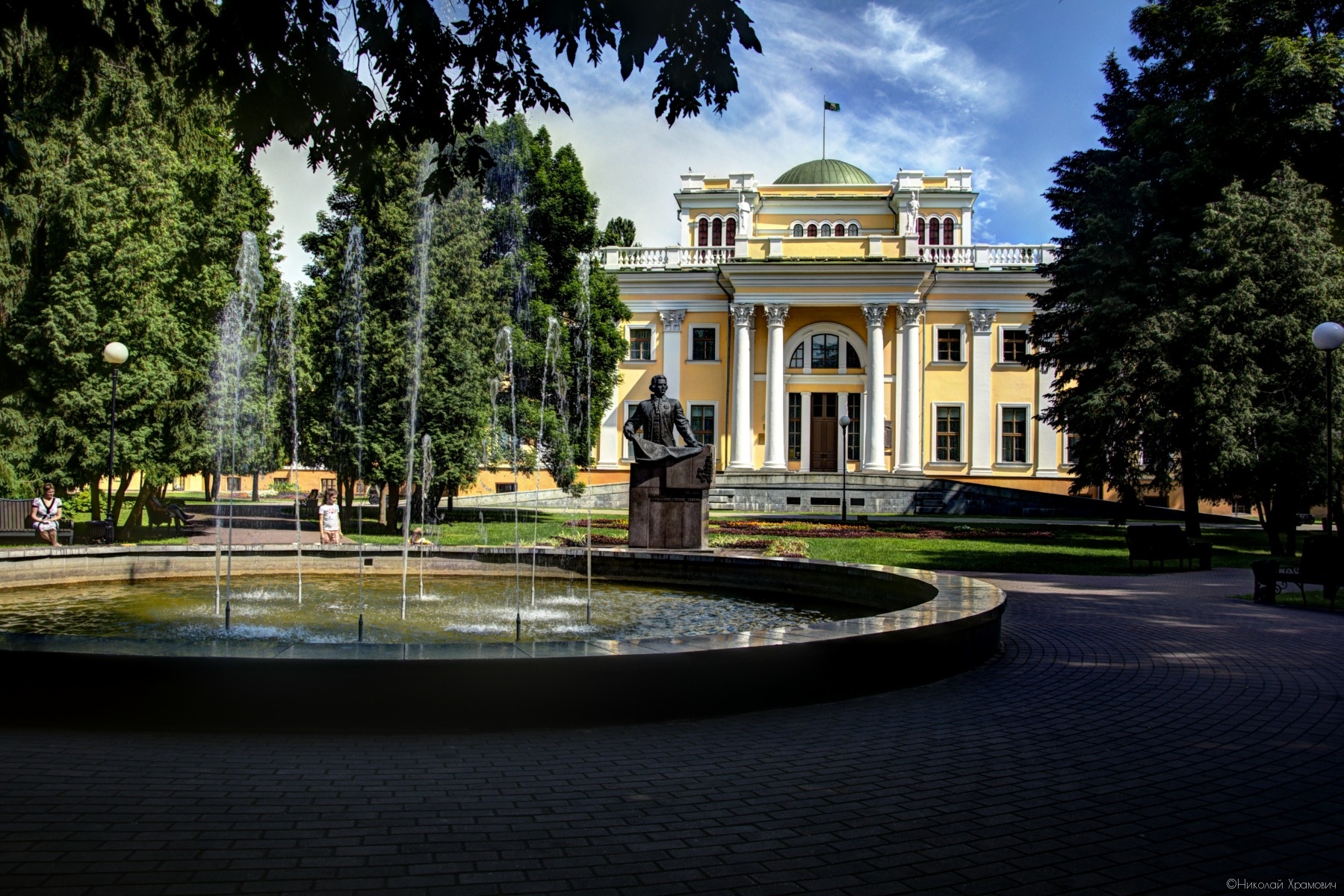
Pharmacy Museum
In the central square of the city of Grodno, next to the cathedral church of St. Francis Xavier is a unique, unique pharmacy in Belarus. It is located in the building of the oldest pharmacy in the country, built by the Jesuits in 1709 in the complex Grodno collegium - a monument of history and culture of the XVII-XVIII centuries.
An ancient pharmacy has been working since its inception until the middle of the twentieth century. In 1953, its premises housed a medical warehouse, later - a salon of furniture. The pharmacy revived only in 1996 after a part of the first floor of its historic building was leased and restored by the Grodno pharmaceutical company Biotest. Since then, a pharmacy and a museum operate together in the old halls.
The oldest pharmacy at all times was an exemplary institution. It is still one of the best in the city. Employees of the pharmacy museum, continuing the traditions of their predecessors, try to satisfy the most demanding requirements of customers. At the same time, each visitor can not only appreciate the variety of medicines offered, but also spend time with interest and benefit, getting acquainted with the history of pharmacy business in the original atmosphere of the museum hall.
